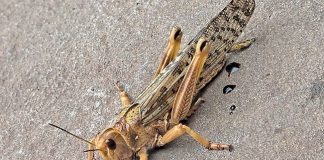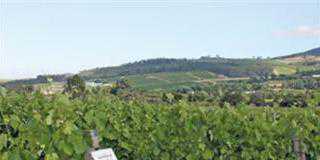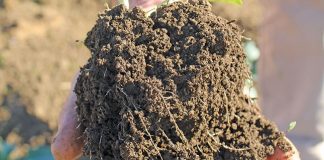American researchers have found a way to use termite mounds in the Kruger National Park to predict ecological shifts caused by climate change. Scientists at the Carnegie Institution’s department of global ecology in California used sophisticated airborne imaging and structural analysis to map more than 40 000 termite mounds over 497km2 in the African savanna.
They found the mounds’ size and distribution is linked to vegetation and landscape patterns associated with annual rainfall.In research published in the 7 September online edition of Nature Communications, the researchers reported mound-building termites in the study area of the Kruger National Park tended to build their nests in areas that weren’t too wet or too dry, but well drained, and on slopes of savanna hills above boundaries called seeplines.
Seeplines form where water has flowed below ground through sandy, porous soil and backs up at areas rich in clay. Woody trees prefer the well-drained upslope side where the mounds locate, while grasses dominate the wetter areas down slope.
“These relationships make the termite mounds excellent indicators of the geology, hydrology, and soil conditions,” lead author Shaun Levick says. “Those conditions affect which plants grow and thus the entire local ecosystem. We looked at the mound density, size, and location on the hills with respect to the vegetation patterns.”Most research into the ecology of these savannahs focused on the patterns of woody trees and shorter vegetation over larger, regional scales.
Work at the smaller, hill-slope scales was limited to two-dimensional studies on specific hillsides.The Carnegie research was conducted by the Carnegie Airborne Observatory (CAO) – a unique airborne mapping system that operates much like a diagnostic medical scan. It can penetrate the canopy all the way to the soil level and probe about 16 180ha a day.
The CAO uses a waveform light detection and ranging (LiDAR) system that maps the three-dimensional structure of vegetation, in this case termite mounds, and combines that information with spectroscopic imaging that reveals chemical fingerprints of the species below.
“We looked at the vegetation and termite mound characteristics throughout areas of African savannah in dry, intermediate, and wet zones,” Shaun says. “We found that precipitation, elevation, and hydrological and soil conditions determine the size and density of termite mounds, and whether grasses or woody vegetation will dominate the area.”
The advantage of monitoring termite mounds and vegetation is that mounds are so tightly coupled with soil and hydrological conditions that they make it easier to map the hill slope seeplines. Vegetation cover varies between wet and dry seasons, while the mounds are not subject to these fluctuations.
“By understanding the patterns of the vegetation and termite mounds over different moisture zones, we can project how the landscape might change with climate change,” co-author Greg Asner says. “Warming should increase the variability of future precipitation in African savannahs, so some areas will get more rain, while others get less.
“The predictions are that many regions of the savannah will become drier, suggesting more woody species will encroach on today’s grasslands. These changes will depend on complex but predictable hydrological processes along hill slopes, corresponding to pattern changes in the termite mounds we see today from the air.”













